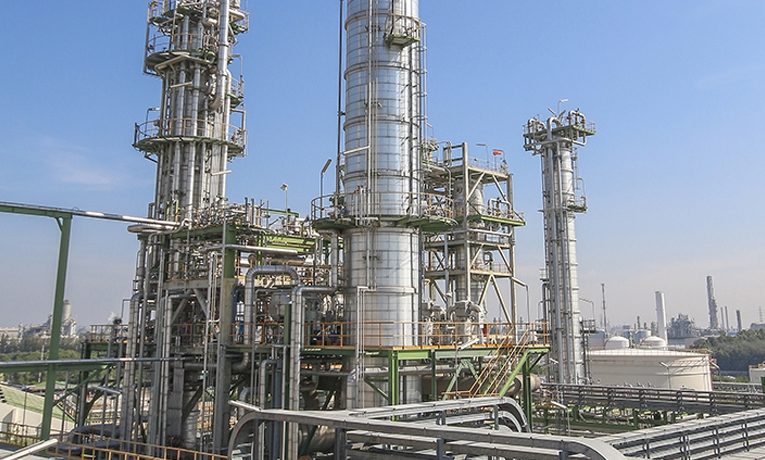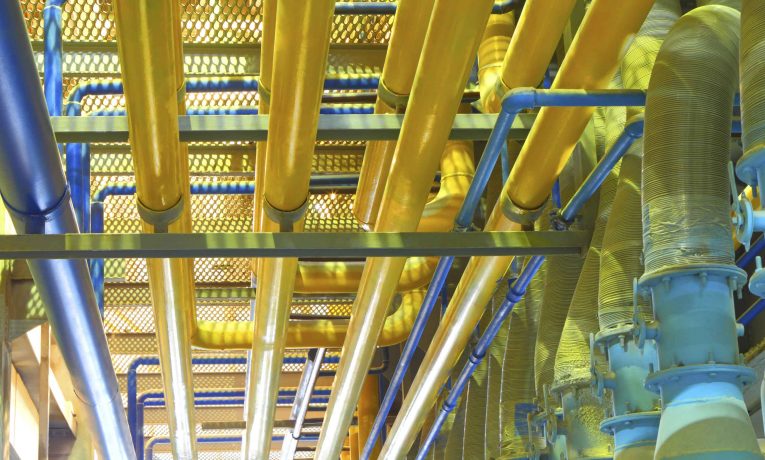Most people would think the path to superior profitability for a base oil plant is super-efficient operations and lowest cost of production. Instead, Solomon data demonstrates “product differentiation” pays off more than “cost leadership”.
Solomon research focused on Net Cash Margin (NCM), as the ultimate success criteria. Every enterprise is measured on its ability to maintain a positive cash flow and return on the capital invested.
What are the highest NCM plants in the last three cycles of the Solomon study and what do they do differently to produce successful financial results?
To address this question, we ranked all participants of the (Worldwide Paraffinic Lube Refinery Performance Analysis) Lube Study based on NCM and, surprisingly, the same eight plants ranked the highest year after year as seen in Figure 1.
We call this group the Top 8 Net Cash Margin (TOP8NCM). The findings are as follows:
.png)
Figure 1. Eight Plants Consistently Rank Among the Highest in Net Cash Margin
- TOPNCM does not use a specific technology: four are hydroprocessing plants and four are solvent plants.
- Size does not matter: the TOP8NCM plants have large and low production capacities.
- Location is not important: the TOP8NCM plants are in Europe, Middle East, North America and Asia.
- The key differentiator between plants in the TOP8NCM and others is the ability to produce high value products and differentiate their products yields.
For instance, solvent plants in the TOP8NCM group produce 6% more product priced between 1.2–1.5 times the price of Group 1 SN150 than solvent plants not in the TOP8NCM.
Furthermore, they produce 9% more product priced above 1.5 times the price of Group 1 SN150.
Figure 2 shows how the Lube, Wax and Specialties (LWS) yield of TOP8NCM (in green) is skewed towards higher priced products. Additionally, solvent plants in the TOP8NCM have a total LWS yield on feedstock that is 15% higher than solvent plants not in the TOP8NCM. They produce more quantity and more quality than others.
Similarly, the hydroprocessing plants in the top eight NCM group produce 17% more product priced between 1.05–1.15 times the price of Group 2 N150 than hydroprocessing plants not in the TOP8NCM. Furthermore, hydroprocessing plants in the TOP8NCM produce 9% more product priced above 1.15 times the price of Group 2 N150.
.png)
Figure 2. Successful Solvent Plants are Selective Towards Bright stock and Waxes
Figure 3 shows the yield of TOP8NCM (in blue) is higher than others for products with highest price. The overall LWS yield for hydroprocessing plants in the TOP8NCM is only marginally lower (1%) than those not in the TOP8NCM.
How do the TOP8NCM plants make products that other plants do not make? Most of it is operational excellence. The Lube Study measures hundreds of operational parameters to pinpoint what good looks like.
For instance, it is well known distillation control on the vacuum towers is key to route the right molecules to base oil manufacturing. A tighter distillation range translates in better control of the finished base oil viscosity and flash point characteristics. Indeed, plants in the TOP8NCM group are best with regards to the vacuum cuts boiling point range (Figure 4).
Another example of operational excellence comes from the amount of base oil of potential product to fuel value.
Any plant has some downgrade, often due to the ability to switch mode of operation (from light to heavy), or to constraints on planning and scheduling, or to meeting products on spec, etc.
Plants in the TOP8NCM downgrade only 1% of their lube products to fuel value, while those not in that group downgrade around 4%, according to our 2020 study.
In summary, the TOP8NCM plants appear to adopt a “product differentiation” strategy rather than merely “cost leadership” through a mix of the operational excellence practices: apply flexible schedules to extract as much as possible from plant operations; invest in product development and innovation to meet clients’ expectations; and build effective sales and marketing channels to bring their products to customers. Contact us to learn more.
.png)
Figure 3. Successful Hydroprocessing Plants are Selective Towards G2 Heavy Grades, GR3, and Specialties
.png)
Figure 4. Good Product Selectivity Starts with Superior Vacuum Tower Distillation Control

.jpg)



.jpg)



-updated.jpg)
-updated.jpg)
.jpg)
.jpg)
-updated.jpg)
-updated.jpg)
.jpg)
.jpg)
.jpg)


.jpg)
.jpg)
.jpg)
.jpg)
.jpg)
.jpg)
.jpg)
.jpg)
.jpg)
.jpg)
.jpg)
.jpg)
.jpg)
.jpg)
.jpg)